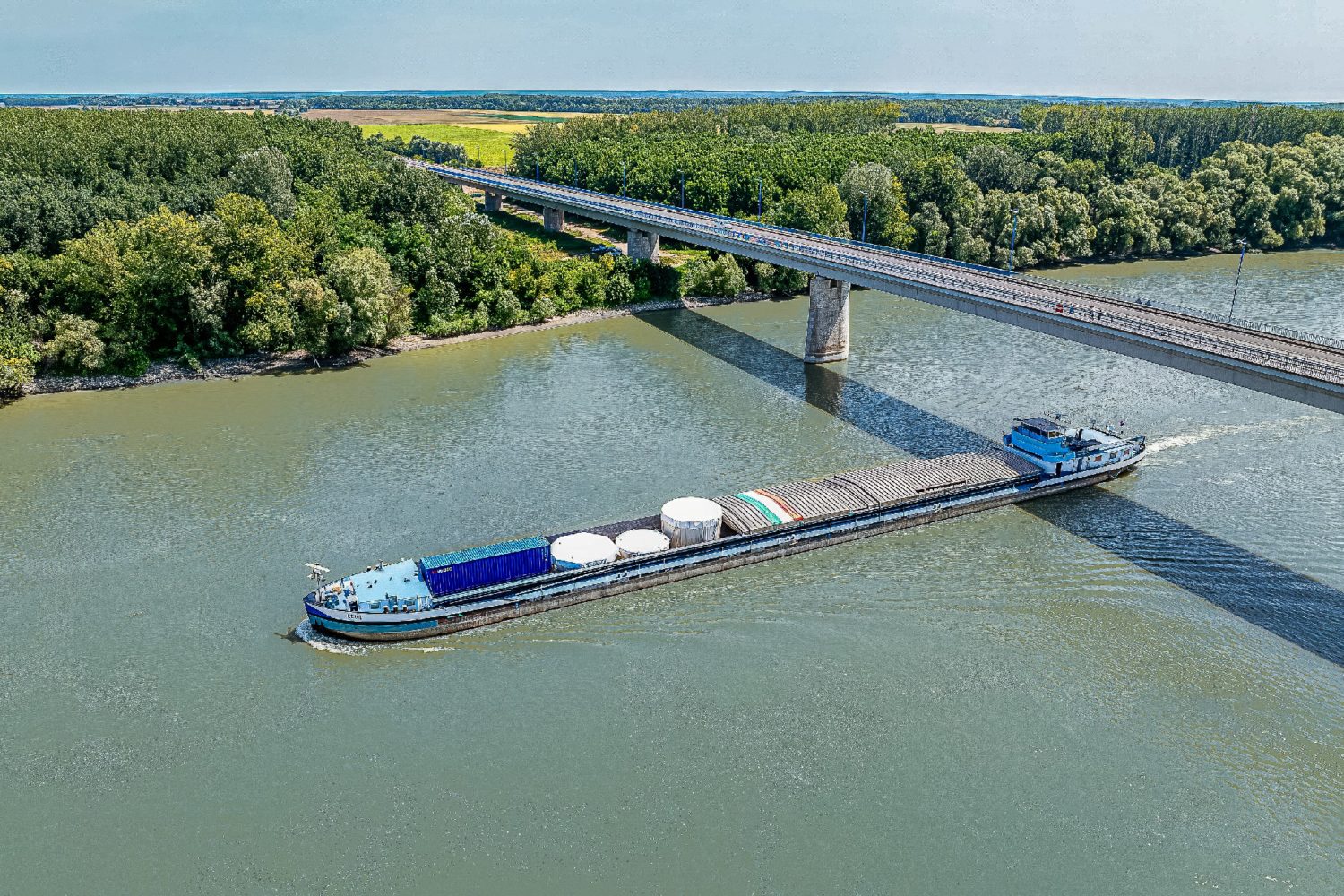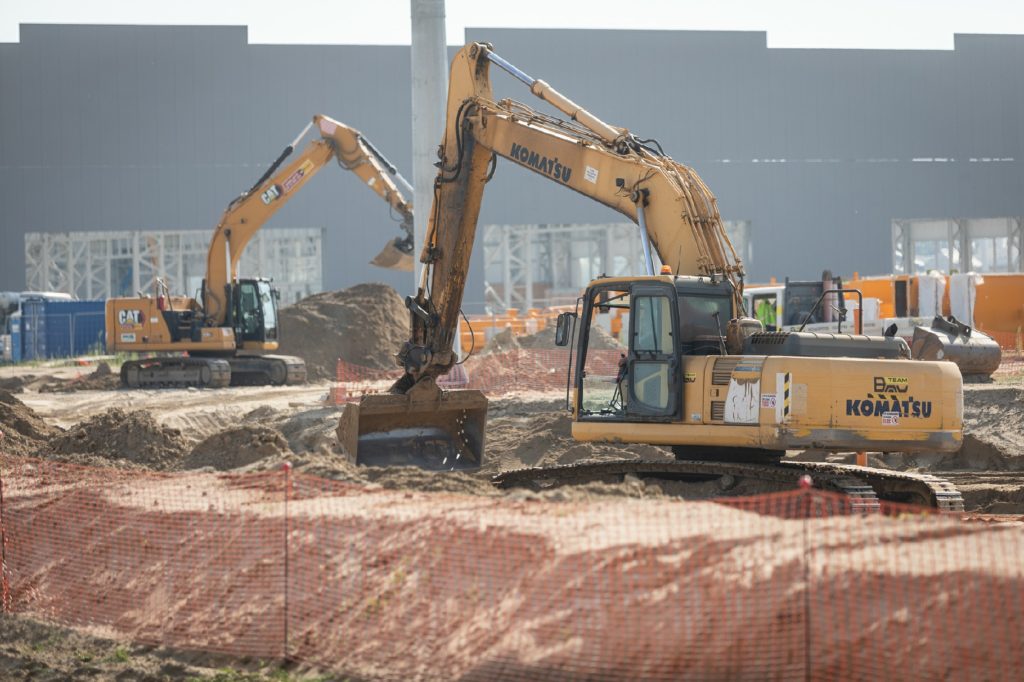
With Safety at Heart
back to contentsA core catcher arrived at Paks II to mark one of the key events that have occurred on the construction site in recent months. A know-how of Russian nuclear engineers, it is an essential element of the nuclear plant’s passive safety system.
The molten core catcher, or ‘melt trap’, is a cone-shaped vessel made of heat-resistant steel. It is installed at the bottom of the concrete pit, right under the reactor, and filled with the so-called ‘sacrificial material’. In case of a core meltdown, the core catcher retains corium fragments and keeps them securely inside the reactor containment. However, the probability of such accidents is extremely low and, according to expert estimates, stands at one in a million.
Core catchers are included in the design of every nuclear power plant with VVER 1200 reactors. By contrast, foreign reactor designs, even those belonging to Generation III+, do not boast such safety devices.
Right on schedule
The parts of the core catcher were delivered from Volgodonsk, Russia, by water. The route passed through the Don, the Azov and Black Seas, and the Romanian port of Constanta, from which a canal to the Danube flows. The port facilities on the bank of the Danube near Paks were upgraded to receive the cargo. In total, the core catcher traveled 3,200 kilometers in 48 days. It comes with accompanying documents that total almost 24,000 pages.
“It is deeply symbolic that the first piece of large-size equipment that arrived at the Paks II construction site is an element of the plant’s safety system. The foundation for safe and reliable operation of the country’s new nuclear station is therefore laid long before it is connected to the grid. We are doing our best so that late this year or early next year we can go ahead with the construction of power units and subsequent installation of the core catcher,” said AtomStroyExport Vice President and Paks II construction project director Vitaly Polyanin.
Preparations for the start of construction works at Paks Unit 5, for which the core catcher is intended, are proceeding right on schedule. Soil stabilization operations are about to be finished to prepare the site for pit excavations to the pre-designed depth of 23 meters. This, in turn, will signal the beginning of preparations for the foundation slab casting. According to Alexander Tupitsyn, deputy director of the Paks II construction project, 22,000 ten-meter columns will be built to form a reinforced soil body under the foundation slab. Then the work will begin to erect the new power facility.
 “We have passed important stages as last year we finished the installation of a 2.7 kilometer impervious blanket, are continuing soil stabilization activities, and have conducted tests that precede excavations to the pre-designed depth. We are increasing the pace of work on the site and at the construction yard. Currently, there are 900 workers engaged in on-site operations,” said Gergely Jákli, Chairman and CEO of Paks II Zrt.
“We have passed important stages as last year we finished the installation of a 2.7 kilometer impervious blanket, are continuing soil stabilization activities, and have conducted tests that precede excavations to the pre-designed depth. We are increasing the pace of work on the site and at the construction yard. Currently, there are 900 workers engaged in on-site operations,” said Gergely Jákli, Chairman and CEO of Paks II Zrt.
The arrival of the core catcher coincided with the anniversary of Hungary’s only nuclear power plant. Its construction began 50 years ago, on August 1, 1974.
The Paks NPP with four VVER 440 reactors was built in 13 years. At present, it produces over 50 % of electricity in the country.
At top level
The Paks II construction project is in the center of attention of Rosatom executives and Hungarian top officials. Rosatom Director General Alexey Likhachev and Hungarian Minister of Foreign Affairs and Trade Peter Szijjártó noted the substantial progress in the project implementation during the talks held recently.
The Russian and Hungarian officials emphasized the importance of continuous dialogue and affirmed that both project stakeholders and international partners were very much interested in delivering the project.
“The vicissitudes of the past energy policy have repeatedly pointed out that the countries are in a safe situation only when they can produce most of the energy they need,” Peter Szijjártó later wrote on social media.




